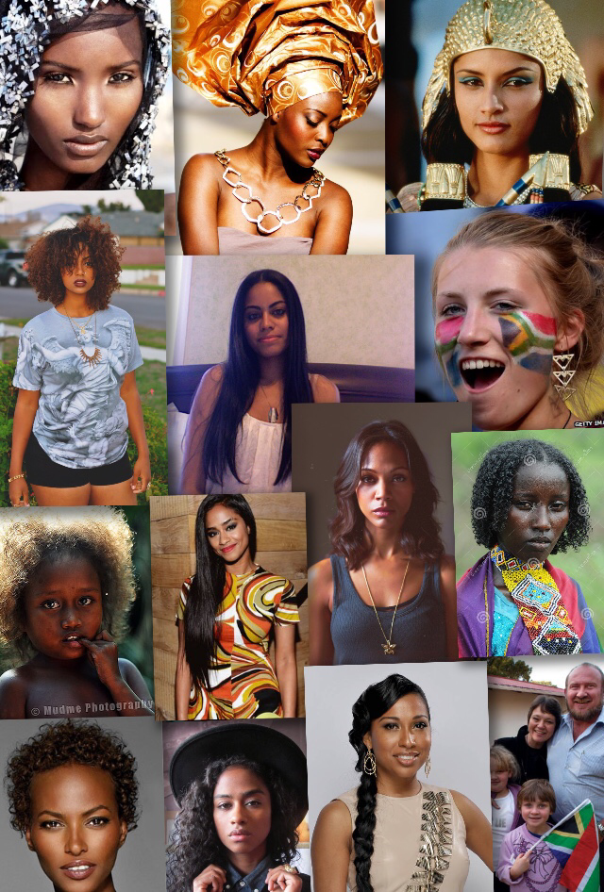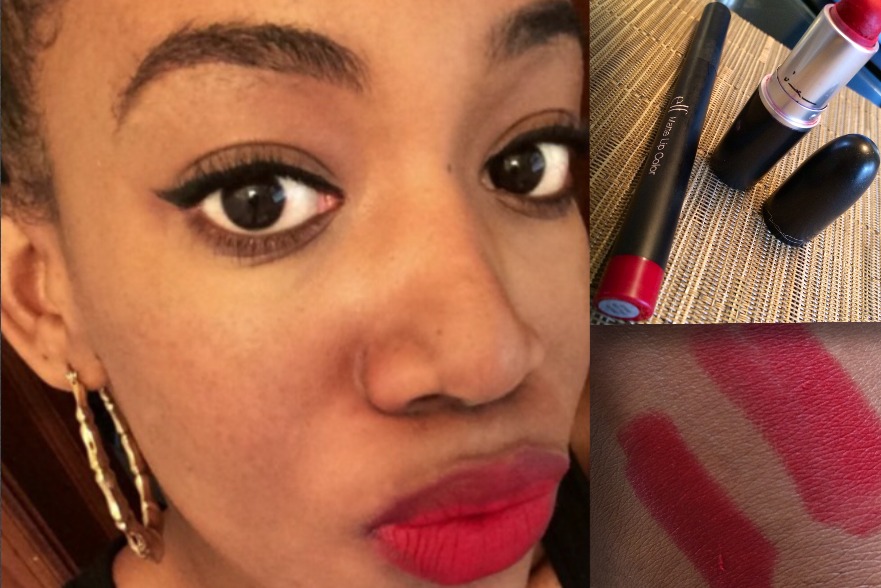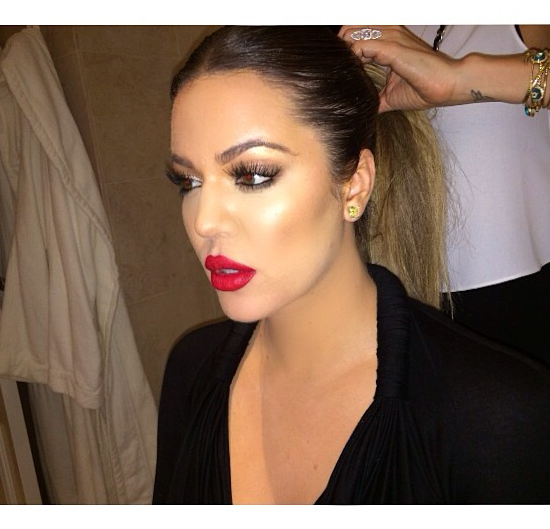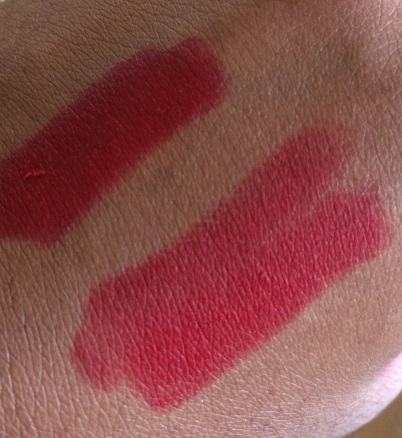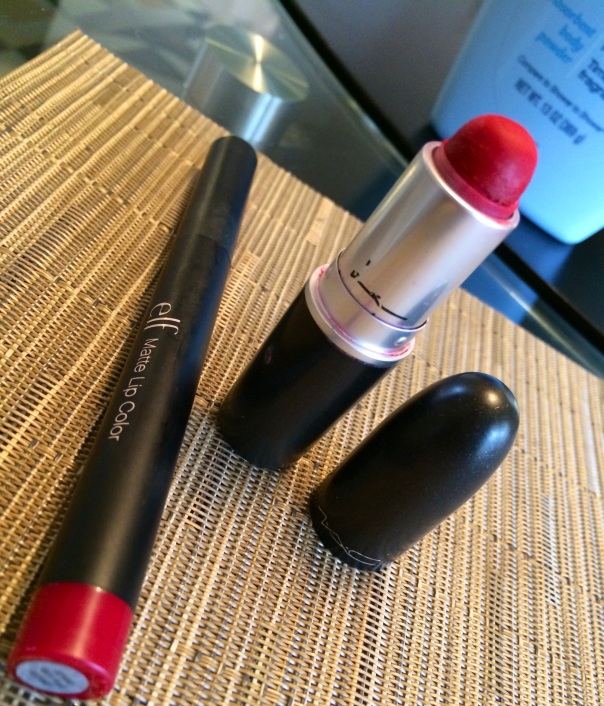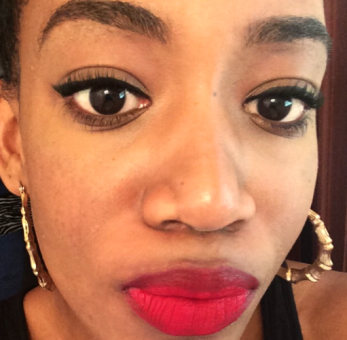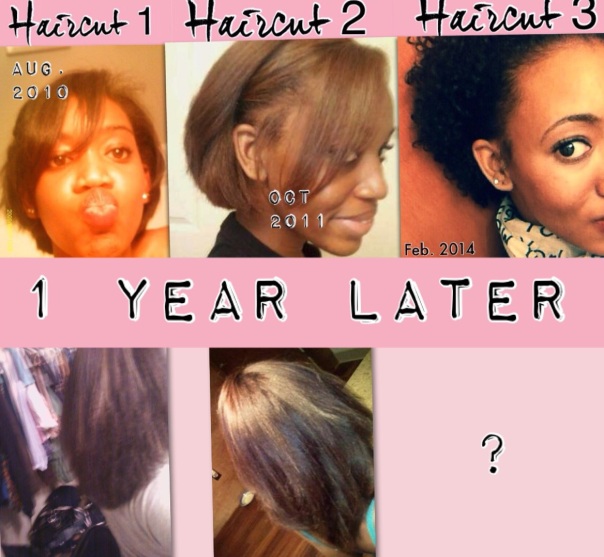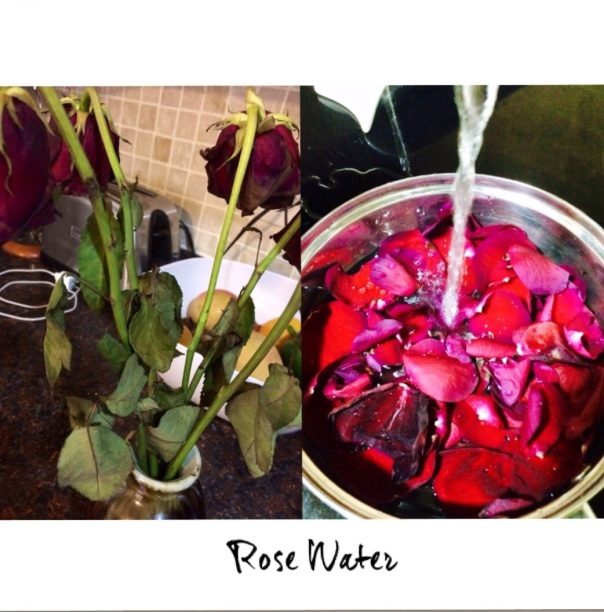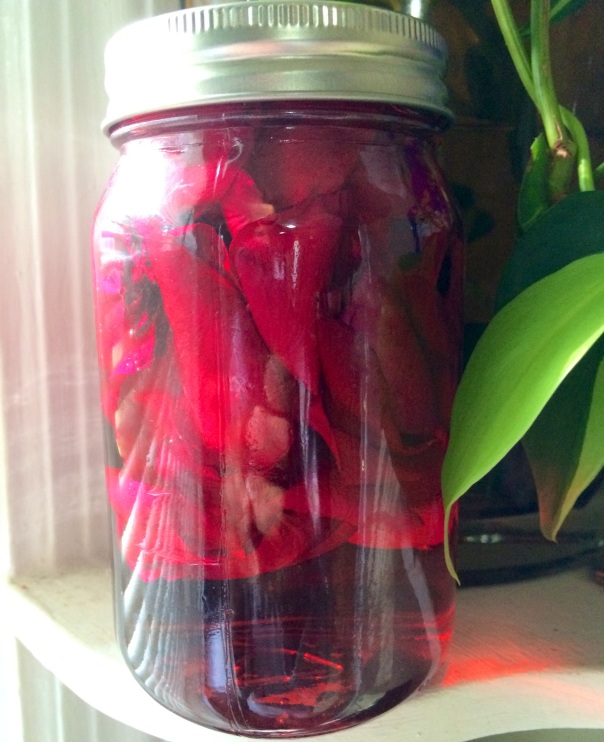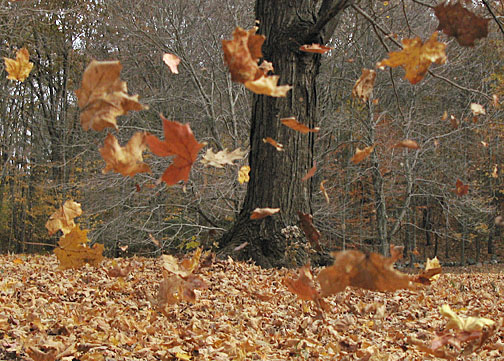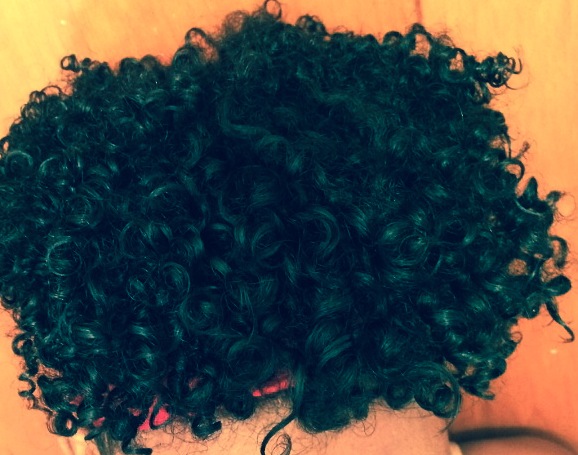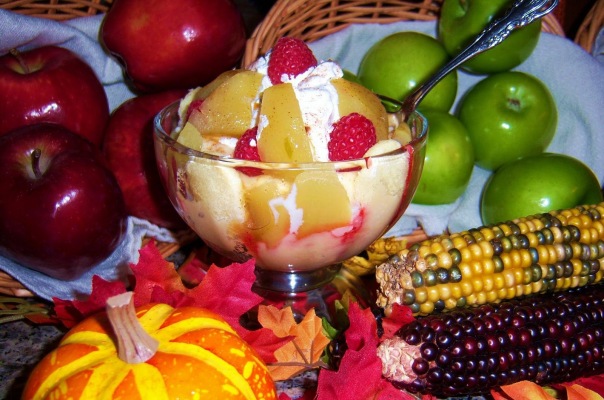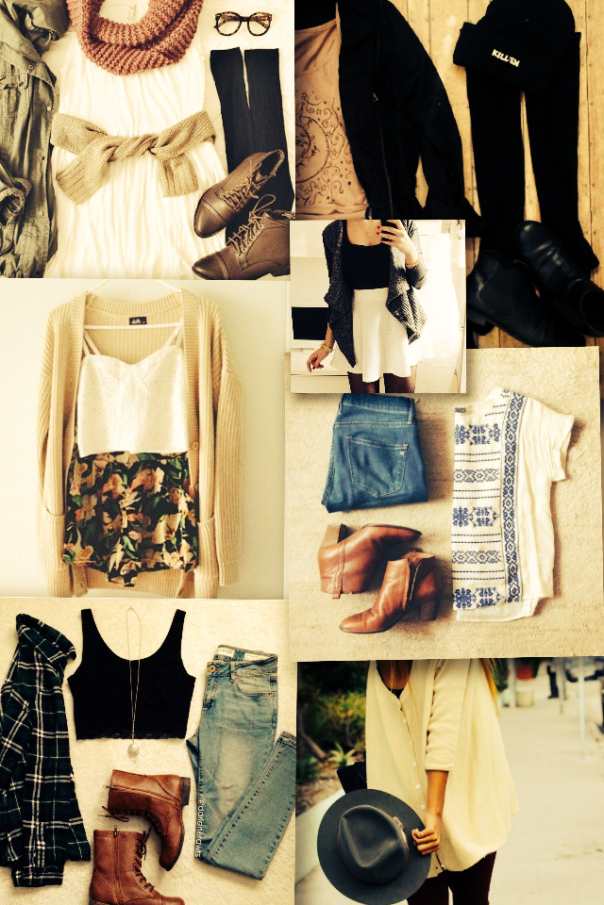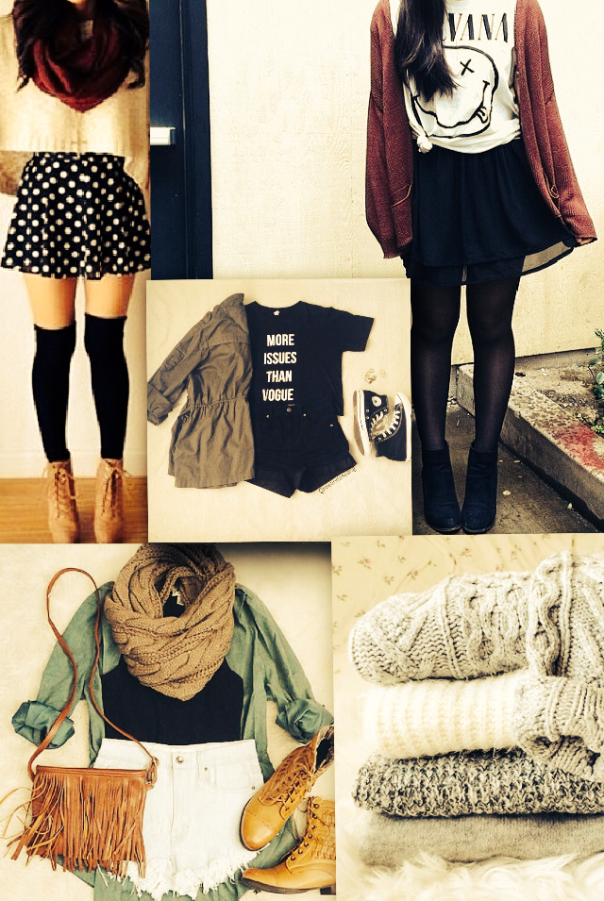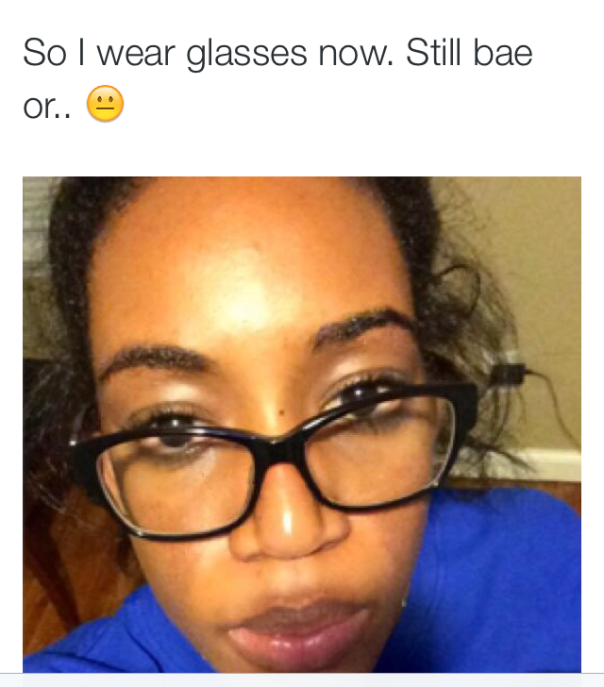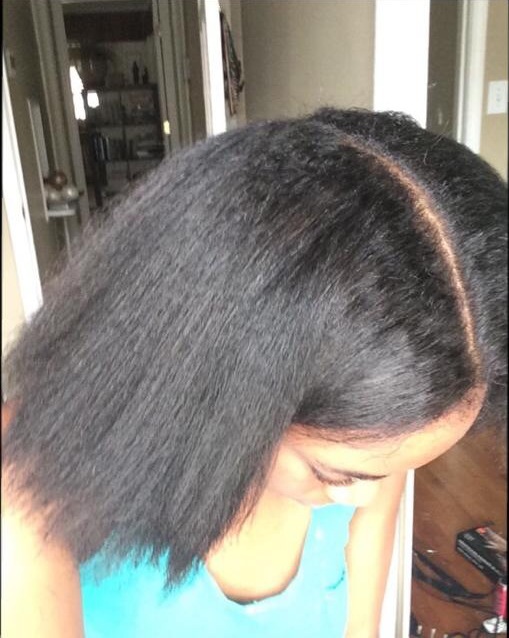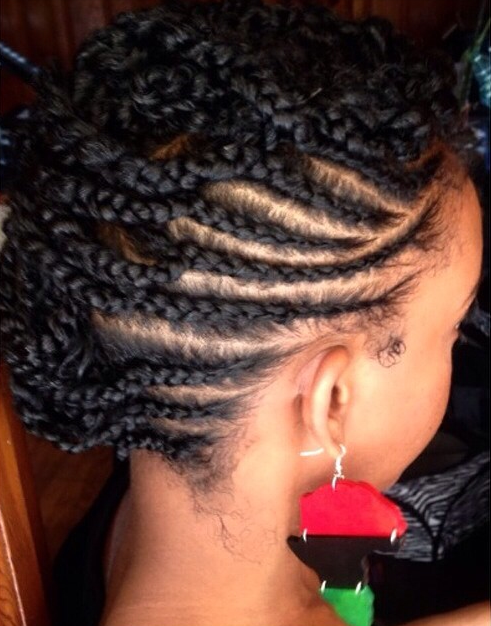I don’t respect Jessie Jackson’s fight to generalize a whole race.
What he did was perhaps unintentionally selfish and closed minded.
I understand not everyone wants to be labeled by a color such as Black, White, Yellow, or Brown, but I will tell you why I prefer Black with a capital B in place of African American.
_____________________________________
People who are less knowledgeable about diverse settings and cultures beyond their own often confuse race, nationality and ethnicity; exhibit A.. The United States.
The Americas as a continent are made up of North America (Canada, the U.S, El Salvador, Mexico, Guatemala, etc.), Central America (The Caribbean), and South America (Venezuela, Belize, Chili, Brazil, etc.)
However the term American is exclusively used to describe a citizen of the United States.
Basically all of the countries in North America take on their own title to label their nationality. I usually don’t hear people describe their nationality as North American. Canadians and other countries in North America do not classify themselves American. American seems to be used to strictly classify citizenship in the U.S.
If you do not have citizenship in the U.S but claim American, people will certainly look at you with disdain right?
Now, my point.
Are all Black Americans Africans? Do all Black Americans have citizenship in Africa or have direct relation in Africa?
Hold that thought.
______________________________________
Unlike North America, you’ll sometimes hear other continents clump their nationalities together by continent rather than country. Example: you may hear ppl from India and Japan call themselves Asian to describe their nationality in terms of region. If they wanted to be more specific like North Americans, they’ll identify their nationality by their country. Example, Japanese, Indian. Same with middle easterners. You may hear a person from Iraq describe themselves as middle eastern (region) or Iraqi (country’s nationality ). You may hear people from Trinidad, Jamaica and the Dominican Republic all refer to themselves as Caribbean in terms of geographical location, but more specifically, Trinidadian, Jamaican, or Dominican. Same with Africans, they’ll call themselves African to describe the region they are from, or if they want to be more specific describe the exact country in Africa as their nationality (Nigerian, Ethiopian, Kenyan, Egyptian, etc.)
You get the point?
Now that you understand the breakdown, is the United States a country in Africa?
Can a group of people born and raised in say Kenya, with no citizenship/ direct ties to the U.S refer to themselves as Americans?
Do you get my point? Africa/African is NOT a race. It is a geographical location!
European is not a race!
Caribbean is not a race!
American is not a race! Etc.etc.
They are all geographical locations of continents and countries used to describe nationality.
Any race can be citizens of those regions.
There are black people living in Europe (the U.K, Italy, France, Germany, New Zealand, etc.). They are all considered European or more specifically, whatever country they are a citizen of in Europe.
Same with any other region. Emphasis on Africa, since it is the topic of debate here.
Are the white Africans in South Africa not African Mr. Jessie Jackson???
_______________________________________
I do see this as an honest mistake many Americans make though.
America is a large country that is made up of states that can be as large as a country in some cases.
Even though a state in America might be as large as a whole country, they don’t have distinct nationalities. They are united and lumped as America/American.
America in general struggles with identity. It is a melting pot. They do not have 1 rich/dominant culture since people from all over the world tend to migrate here, but still hold on to their home culture.
The more recent an American family’s migration is, the stronger their bond and knowledge is to their original culture. For example, a first generation American will be certain and well aware of their cultural background than an American family whose family may have migrated here during slavery.
_______________________________________
Culture/ Ethnicity: Each continent is made up of different countries, which may have different cultures and traditions.
Example: Dominican, Trinidadian and Haitian nationalities are all broadly described as Caribbean, however Dominicans are heavily influenced by Spanish Culture, whereas Trinidadians are heavily influenced by East Indian (as in India) Hindi culture, and Haitians have a dominant French culture.
Slaves from Africa were also sent to the Caribbean, which means all three countries are also influenced by African customs, some more heavily than others. It just depends on what people dominated a region.
You will also find lots of French influence in certain parts of Trinidad like my mom’s side of the family’s last name (Fournillier), or the residence my family in Trinidad lives (Paramin and Le Platte).
Spanish influence in Trinidad is also common, like the city where I was born (Port-of-Spain), the fact Trinidad practically sits on top of Venezuela, and my grandmother and elders before her ability to speak a mixture of Spanish and French, which describes a broken language called Patois.
One’s culture is taking into account all of these influences, but a region’s dominant culture is based on a region’s dominant customs, and for Trinidad, despite the French and Spanish’s mild influence, Hindu culture dominates.
Slaves were brought from Africa to the Caribbean as a place to be trained to adopt the mentality of a slave (Willie Lynch) before being shipped to the U.S. The Africans were influenced by the Spanish and French culture in Trinidad, but after slavery, the island became deserted and indentured laborers (the East Indians) migrated to Trinidad to work the sugar cane plantations.
They mixed with the remaining population there and dominated islands like Trinidad and Guyana.
To this day the East Indian population in those places outweigh the other races. If you look at Many Trinidadians and Guyanese people (not all), they have a noticeable mix of afro and indo (East Indian) features; thick, dark curly textured or even bone straight hair, hairy (lol), tanned skin (may vary), larger eyes.
The accents are sing-song just like the Hindi language. We celebrate Indian arrival Day, Divali, our food is heavily influenced by East Indian cuisine (curry, roti, dhal, chick pea, etc.) Therefore we can say Trinidad’s culture is predominantly Hindi.
In retrospect, Haitians speak French and I am sure most of their food, and customs are French, therefore Haitian’s culture is predominantly French.
Dominicans, Cubans, Puerto Ricans, Mexicans, Guatemalans, South American countries etc., are predominantly Spanish culture. However in each country the way Spanish is spoken may be different. It’s just a regional thing.
In Africa, like Haiti, many speak French as the French may have had a dominant impact there during revolutionary times.
Africa is even more in depth in terms of ethnicity as they also have tribes, which makes it more complex to narrow tradition.
As for race. Even though it is divided into the least categories, I feel as though it is the most complex topic, and I do not feel as though I have complete knowledge to break it down. I do however feel as though it is scientific and deals with dominant genetic makeup, DNA etc.
I describe myself as a Black woman.
My nationality is Caribbean-American (Trinidadian-American if you feel the need to be more precise).
And lastly my ethnicity is a mixture of Indo, Afro, Spanish and French culture. More heavily indo and Afro as my grandmother is East indian race and my grandfather is Black.
For an American person whose family migrated since the days of slavery, they may feel confused about titles like ethnicity and nationality more so than race.
They may feel entitled to know where else their ancestors migrated from since we all know America is basically just a place made up of immigrants.
I understand adopting the term African American since The U.S had the most influence with slavery, slaves were adopted originally from Africa, and because many Black Americans make a connection with being Black with being from Africa…But Black does not exclusively = African.
Africa is just a continent that happens to be predominantly Black in most regions. There are all types of non Blacks who are African ( whites, Arabians).
Black people, like White people, Yellow, or Brown people come in a mixture of different nationalities and ethnicities.
Black people from Australia, the Caribbean and Africa all look different.
Even black people within Africa look different. Example: Ethiopians look nothing like Nigerians, or Egyptians.
You can’t clump us all into one and label us African, American, or African- American.
We do not all migrate TO the U.S and we do not all migrate FROM Africa.
Black is not only African American. Black is variation! We are not restricted to a region.
Read, open your mind, travel please!

